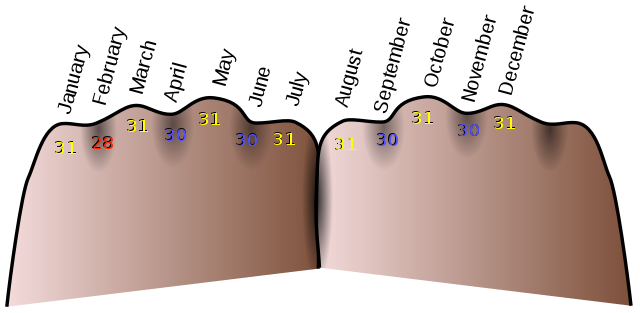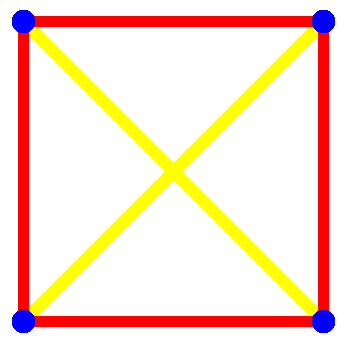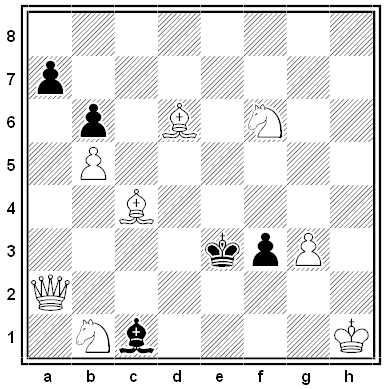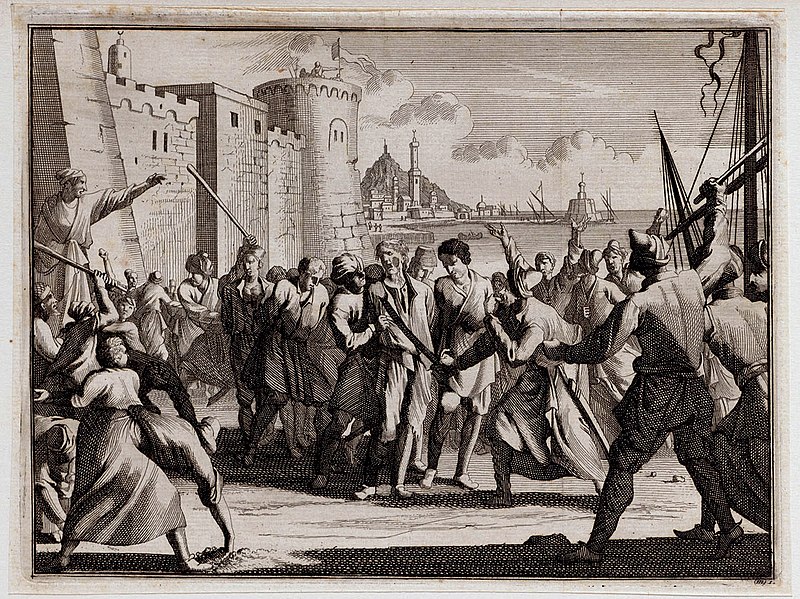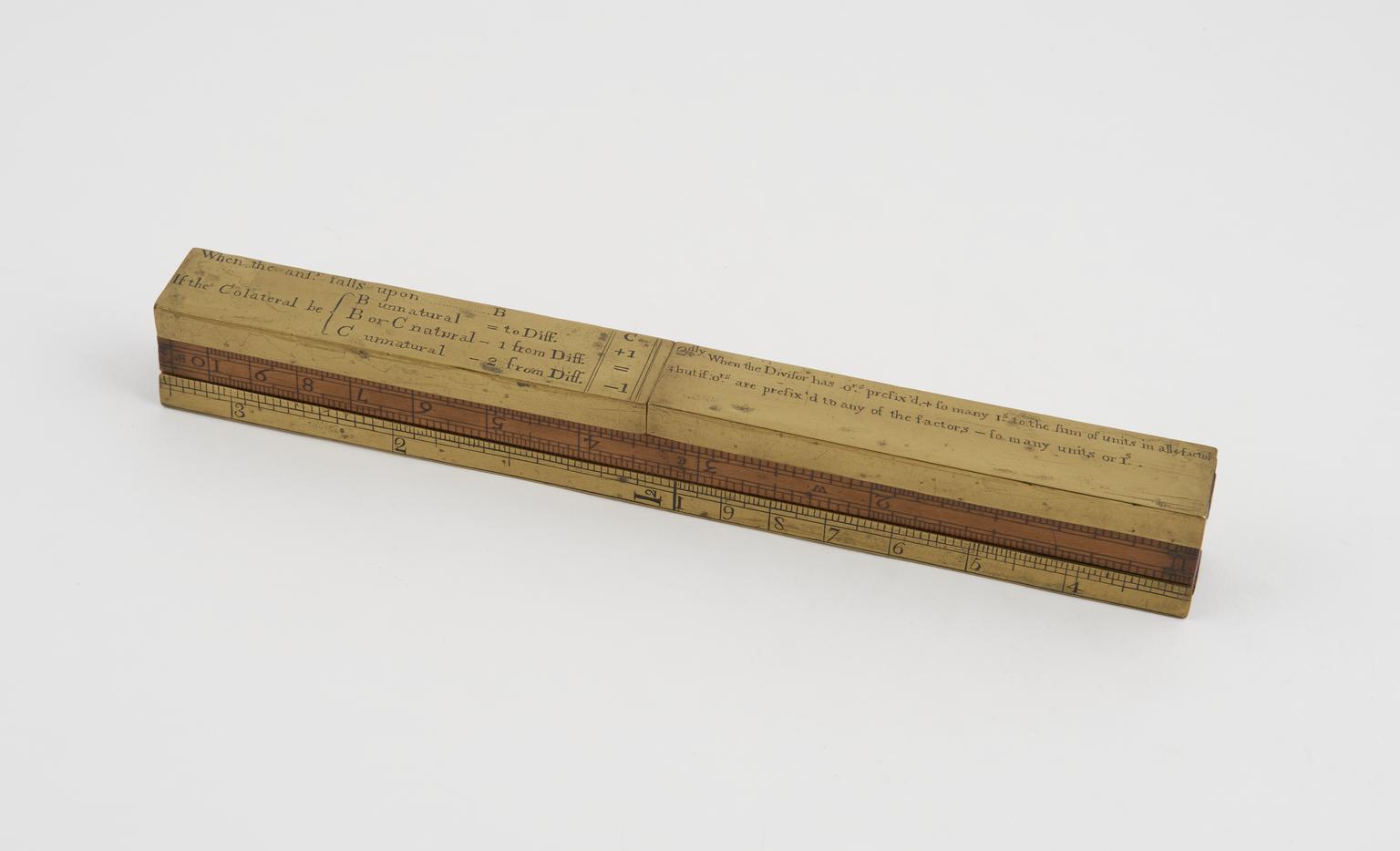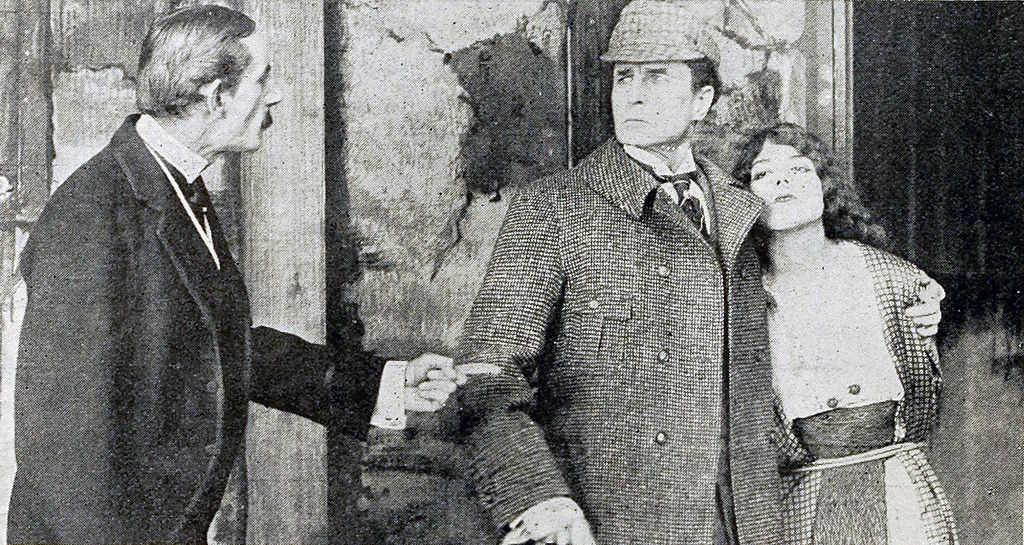Sign-language expressions adopted by modern monks who live in an atmosphere of silence:
bulldozer = bull + push
boiler room = boil + room
computer = I + B + M
machine = “place fists together then twirl thumbs around one another several times”
dump truck = unload + machine
tractor = red + horse
machinist = brother + work + machine
jelly department = sweet + butter + house
refrigerator = cold + house
gasoline = oil + fire
plane = metal + wing
“There are signs for turkey (thank + God + day + bird: an original sign meaning “Thanksgiving Day bird”) and hen (egg + bird) but the latter designation refers to the hen as a source of eggs and not of flesh.”
From Monastic Sign Languages, ed. Jean Umiker-Sebeok and Thomas A. Sebeok, 2011.

